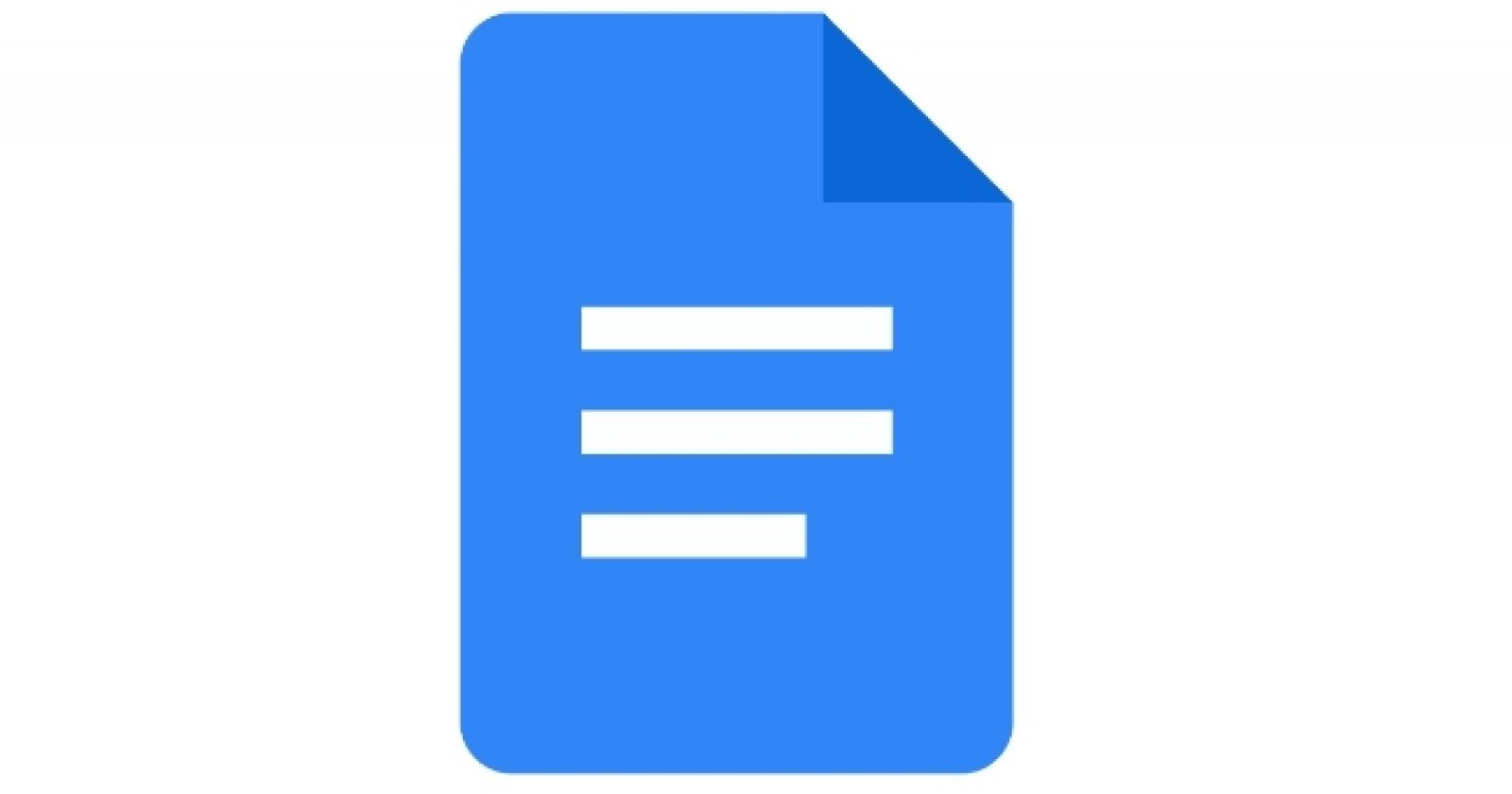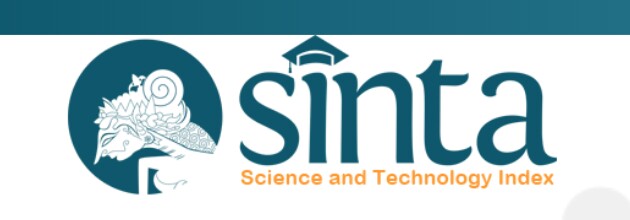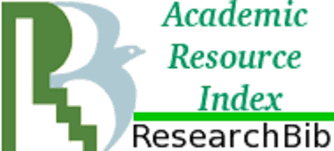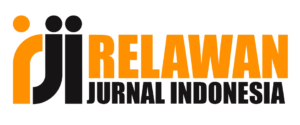MASALAH GIZI PADA ANAK USIA SEKOLAH
Abstract
Nutrition is the essence of food that is beneficial to the health of the body. Nutrients are divided into two, namely macro and micro. Examples of macronutrients are carbohydrates, fats, and proteins. Meanwhile, micronutrients include vitamins, minerals, water and fiber. Data from UNICEF in 2018 states that about 3 out of 10 children less than 5 years old are stunted, 1 in 10 is underweight, and a fifth of them are overweight. Children at school age are still in the stage of growing and developing so they are quite at risk for nutritional problems. The writing of this article was obtained from various sources in the form of scientific journals and guidelines for related institutions. Source searches were carried out on various online portals such as Medscape, NCBI Google Scholar and other health websites with the keywords “Bad Nutrition in School Age Childrenâ€, “Malnutritionâ€, and “School Cjild Nutritionâ€. A child who has nutritional problems is susceptible to disease and there is a decline in academic achievement so the Ministry of Education and Culture created the School Children's Nutrition Program (Progas) in 2018, namely providing breakfast to students to improve nutritional status, breakfast habits, and character education.
Copyright (c) 2022 Jurnal Ilmiah Kesehatan Media Husada

This work is licensed under a Creative Commons Attribution 4.0 International License.
The authors who publish their articles in Jurnal Ilmiah Kesehatan Media Husada must approve the copyright statement as follows :
1. The authors agree to automatic transfer of the copyright to the publisher
2. All material contained in this site is protected by law.
3. If you find one or more articles contained in the journal that violate or potentially infringe your copyright, please contact us via email lppmkwidyagamahusada@ac.id
4. The formal legal aspect of access to any information and articles contained in this journal site refers to the terms of the licensed under a Creative Commons Attribution 4.0 International License. . This allows authors and others to share (copy and redistribute the material in any medium or fomat) and adapt (remix, transform, and build upon the material) for non-commercial purposes.
4. All Information contained in the journal is academic. The journal is not liable for any losses incurred by misuse of information from this site.







1.png)








